Artist|WANG Ningde
Solo Exhibition | The Saboteur
Curator | ZHENG Ziyu
Canton-sardine, Vancouver
6 April 2024 – 31 May 2024
The Saboteur
WANG Ningde describes himself as “The Saboteur.” Though his creations originate in photography, he consistently strives to break the inherent definitions and boundaries of the medium. Ningde’s series titled No Name intricately weaves together photographs he took of graffiti, isolating the painted strokes and layering them with images of conflict he sourced from the internet. Through this collage, he mimics a raw and expressive painting texture, blurring the lines between delicacy and coarseness, clarity and obscurity, narrative and abstraction, destruction and reconstruction, and illusion and reality.
In the context of art history, the strokes in painting have often been used to carry the spirit of revolution and rebellion, as in, for example, the impressionist paintings of the nineteenth century. The invention of photography, on the other hand, was predominantly organized around challenging the conventions of realist painting. As such, Ningde’s work represents an experimental exploration of the fundamental essence of both painting and photography. It serves to deconstruct the two mediums, pushing the viewer to reconsider their own assumptions and expectations of painting and photography. The novelty and anxiety stemming from the uncertainty of these works aptly resonates with the contemporary art context today.
For this solo exhibition in Vancouver, WANG Ningde has made a brand new work. The artist delved into the historical and cultural lineage of Vancouver, and through a large amount of material collection and analysis, created a work that is closely related to the history of Vancouver's Chinatown, the location of the gallery where the exhibition was held.
Yucho Chow was the first Chinese-Canadian photographer in early 20th-century Vancouver. By 1906, he inaugurated his studio at 68 West Hastings Street. That was a period characterized by egregious racism, with pervasive discrimination against the Chinese community. Yucho Chow’s studio operated within such a climate. White tailors and barbers declined service to the Sikh community, yet Chow extended a warm welcome to its members. Against this backdrop, he also served Black, Chinese, Indian, Indigenous, Ukrainian, and Polish immigrants from Eastern Europe. Within his studio, Chow catered to all, irrespective of their status as celebrities, affluent individuals, or the less privileged. No one faced rejection based on skin color, class, or creed.
Community historian Catherine Clement painstakingly unearthed Chow’s extant photographs, dedicating a decade to reclaim his lost works. This endeavor culminated in exhibitions and the publication in 2019 of a book entitled “Chinatown Through a Wide Lens: The Hidden Photographs of Yucho Chow.”
Leveraging these preserved photographs, WANG, was also a commercial photographer, recreates a backdrop from Yucho Chow’s studio. Individuals of diverse races and faiths congregated here, momentarily setting aside their disparities and antagonisms beneath the camera’s flash, endeavoring to present their best selves. Wang Ningde depicted this illusory microcosm he crafted utilizing his unique methodology, paying homage to Yucho Chow and the ethos of inclusivity and peace he epitomized.
The exhibition’s curator, Dr. ZHENG Ziyu, opined, “WANG Ningde’s imaginative amalgamation, rooted in historical image fragments, resurrects a once-prominent Chinese photo studio space in Vancouver. Every prop, every detail has graced the family albums of disparate individuals, transcending racial disparities, skin colors, and social classes. This ostensibly authentic yet surreal tableau serves as the scaffold of history cloaked in the fabric of the contemporary world. Though vacant and desolate, it harbors reminiscences of Canada’s past racial segregation and marginalization.”

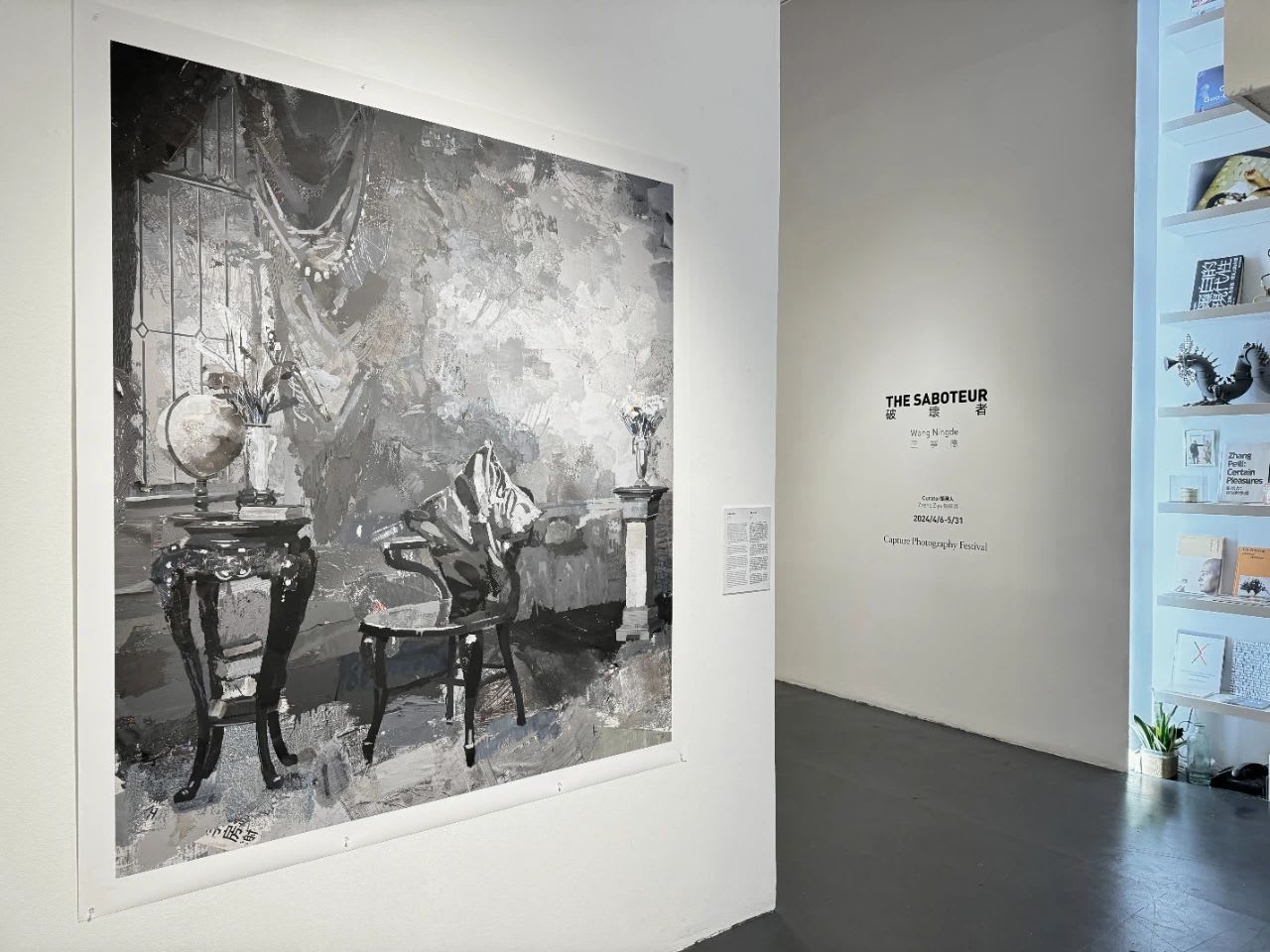
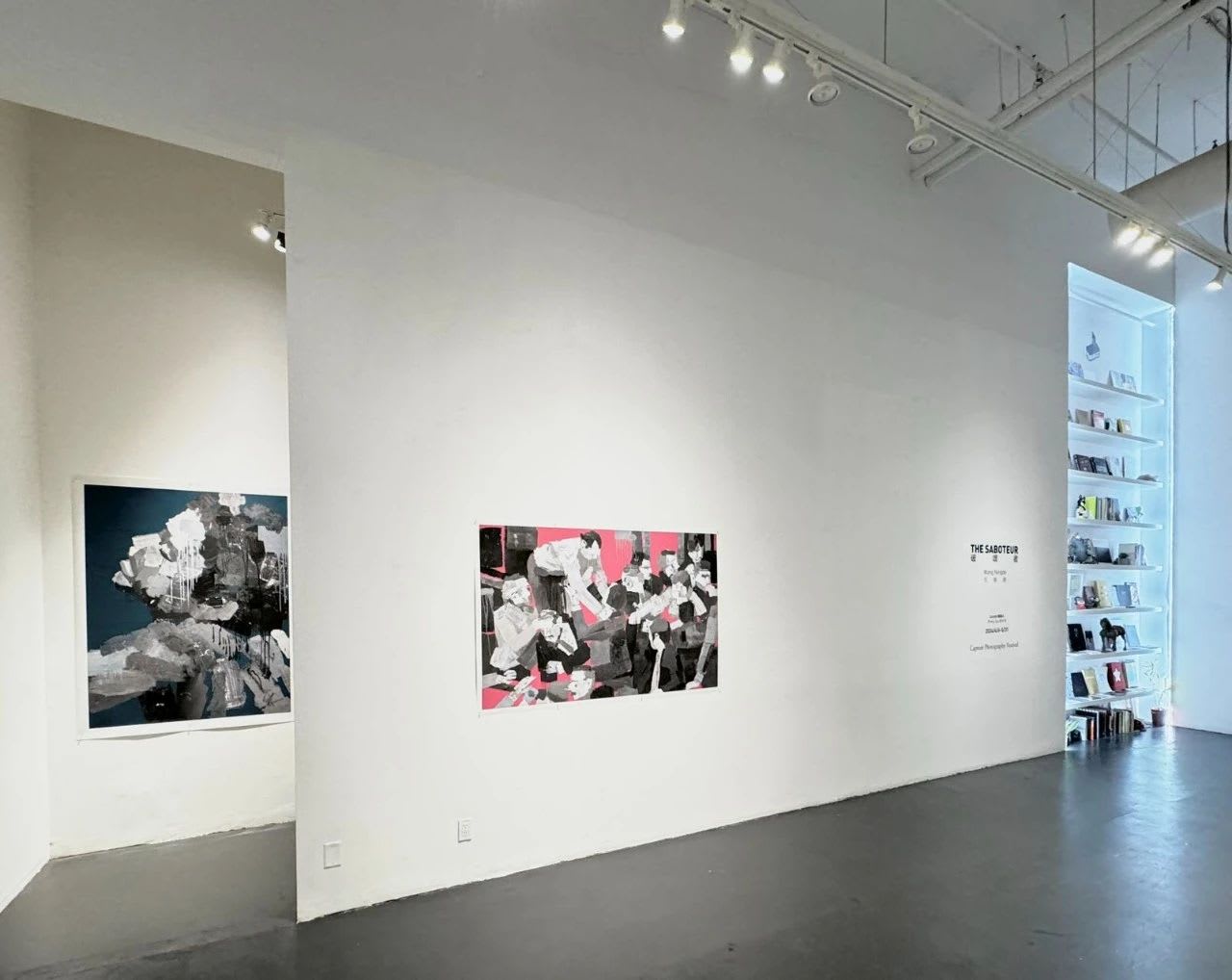

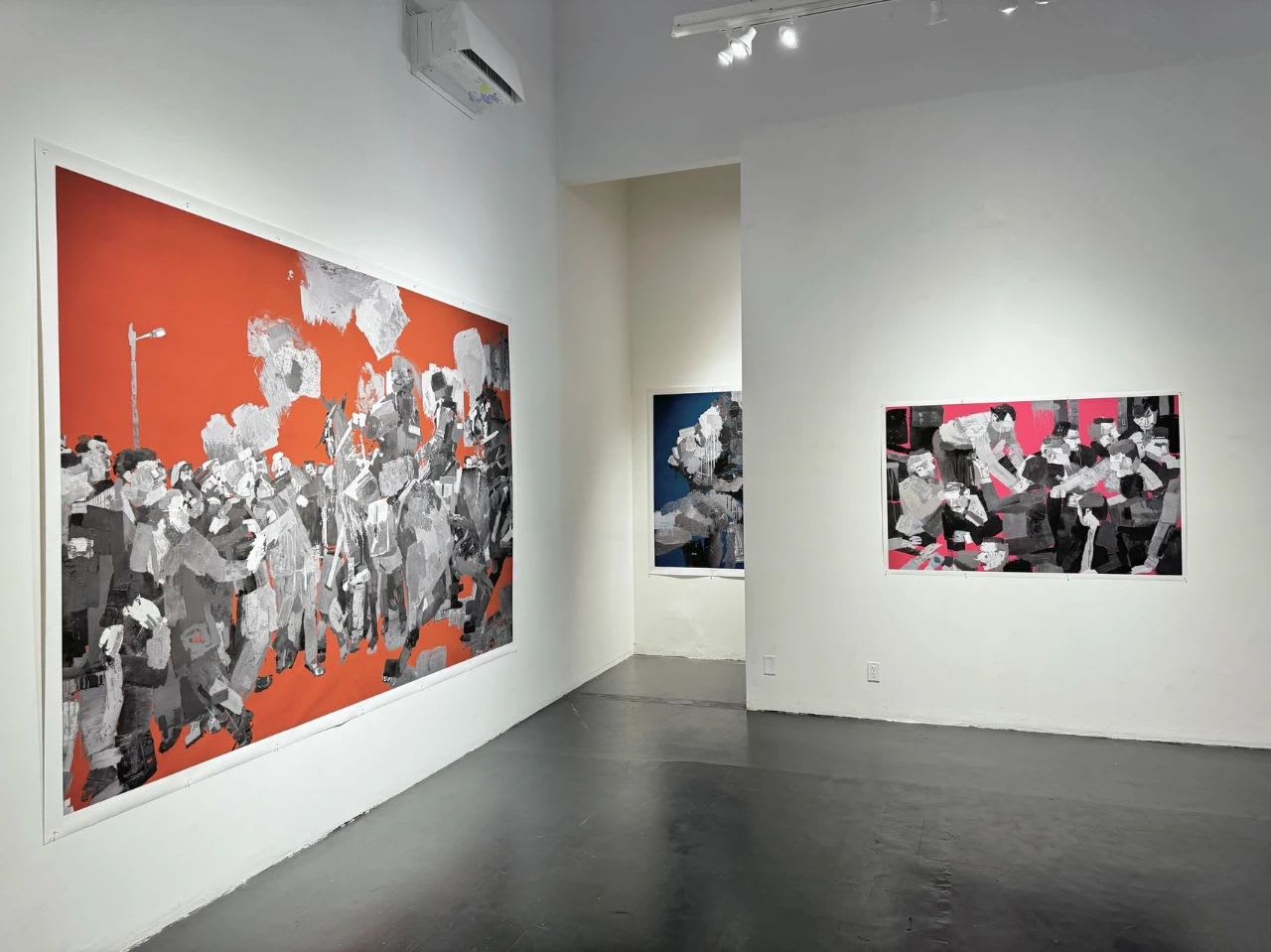
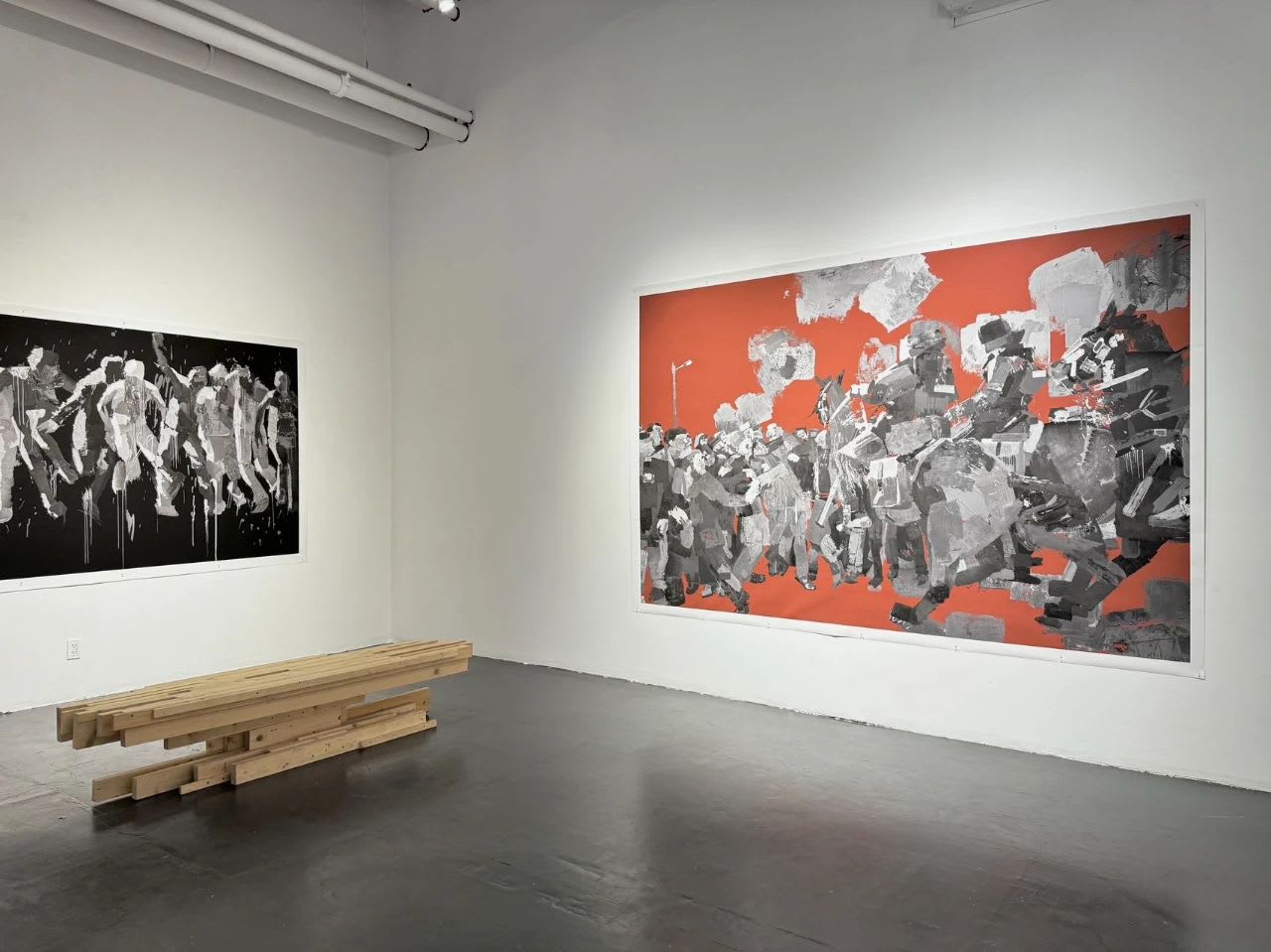

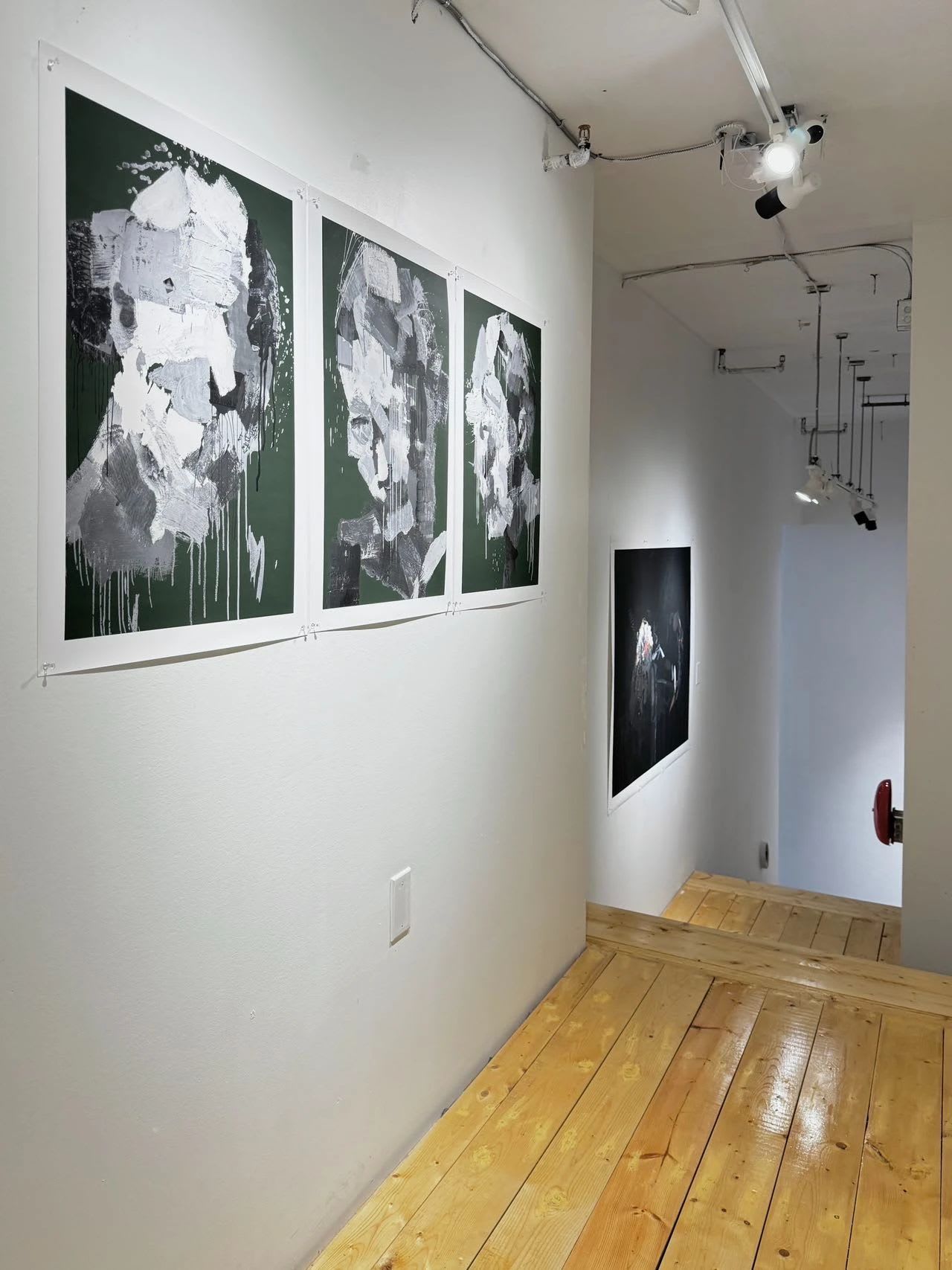
About Artist | WANG Ningde
In 1958, inside the Parisian Iris Clert Gallery, French avant-garde movement artist Yves Klein emptied an entire exhibition space of an art gallery. Visitors upon lifting the blue curtains at the entrance, enter an empty exhibition hall. Although Klein’s original intention was to provide viewers a monochromatic visual experience, he simultaneously became the pioneer of taking the space known as the “White Cube” as the subject of the exhibition itself. Two years later, in 1960, Arman, a distinctive figure of Neo-Realist art, filled an entire exhibition space of the same gallery with discarded materials, but visitors were required to view the exhibition outside of closed doors and display windows. The invitation to this exhibition, titled Full-Up, was a sardine can full of handwritten texts. To this day, the term “White Cube” has become synonymous with art galleries and spaces; nevertheless, it is no longer an adequate description for today’s artist-run institutes. We hope to replace the word “space” with “sardine,” because other than exhibitions, an artist-run space also carries curatorial and publishing functions, as it can also be a site for artist residencies and bookstores among many other roles.
This institution was founded by Vancouver based artists and curators Steven Dragonn & Dr. Xiaoyan YANG, who are originally from Canton, China, hence the name “Canton-sardine.”

